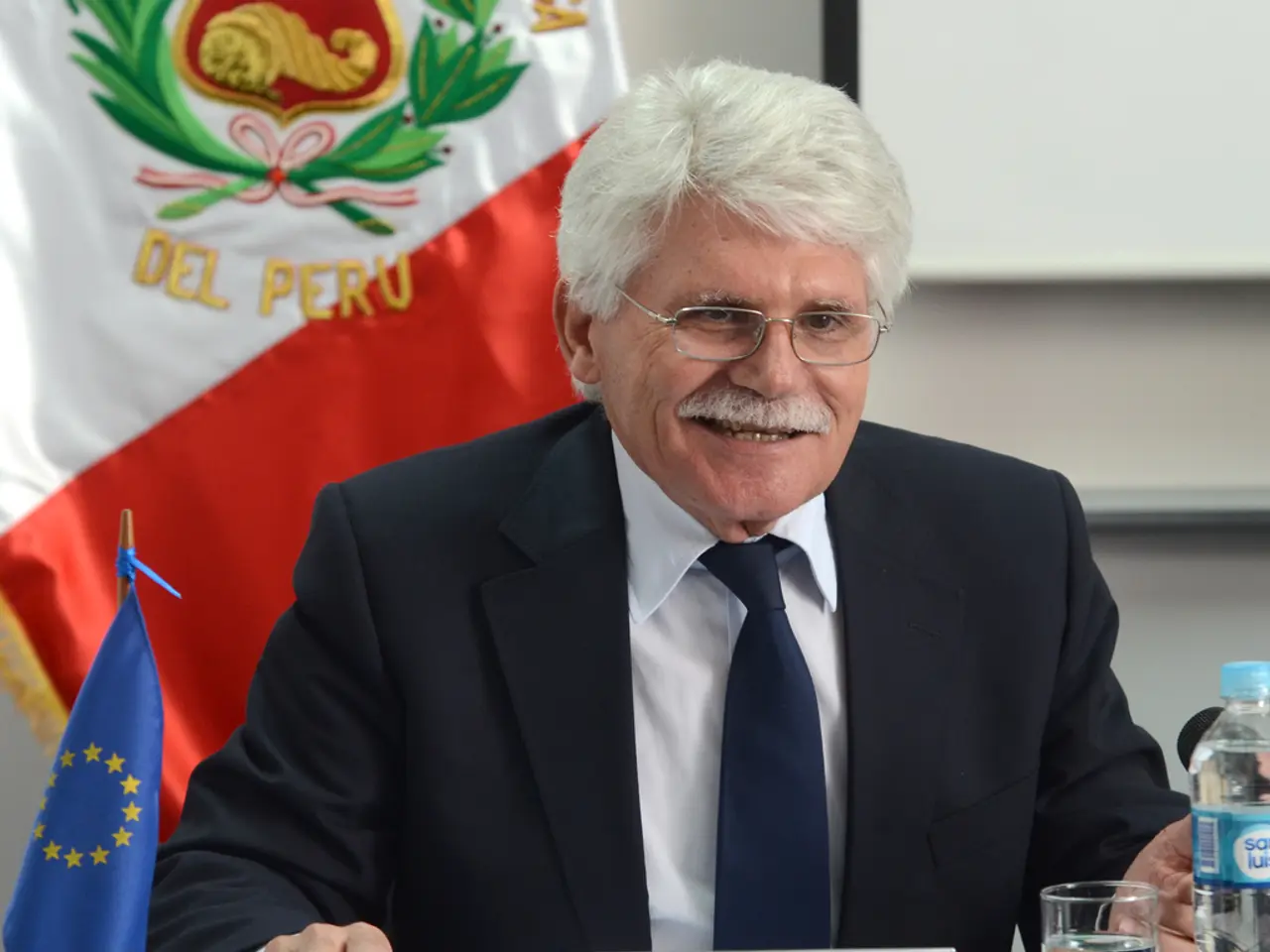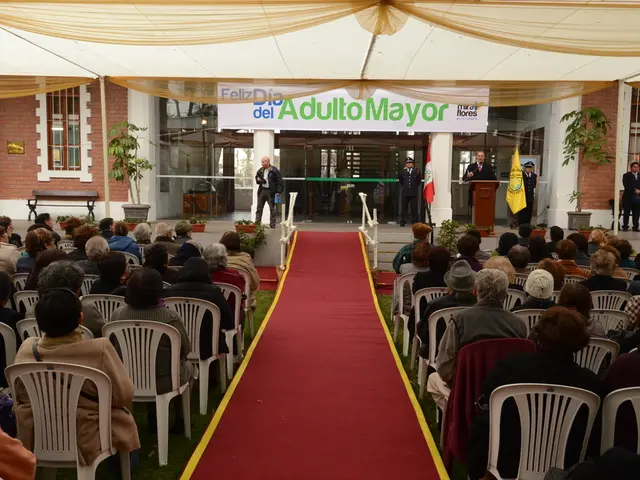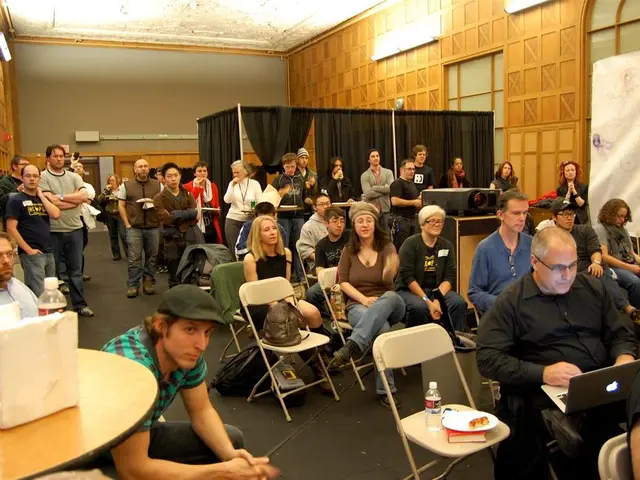Ancient Peruvians Gained Political Strength Through Use of Psychedelics, According to Research
In a groundbreaking study, a team of researchers from universities in the United States and South America have discovered that the ritual use of psychoactive substances played a significant role in the development of hierarchical societies in ancient Chavín culture, located in the Peruvian highlands.
Chavín society, a pre-Incan society, is renowned for its intricate art and architectural structures, many of which can be found at the UNESCO World Heritage site of Chavín de Huántar. The study suggests that the controlled access to psychedelic experiences, such as those found in the San Pedro cactus (Trichocereus pachanoi), reinforced spiritual authority and social cohesion, ultimately leading to the emergence of complex hierarchical societies.
Archaeological evidence shows that the San Pedro cactus, containing the psychedelic substance mescaline, has been used in Chavín culture for over 2000 years. In this culture, these psychoactive substances were likely consumed by religious or shamanic elites during rituals, enabling altered states of consciousness that were interpreted as direct contact with the divine or supernatural forces. This spiritual experience reinforced the religious leaders' power and legitimacy, helping to establish and maintain social hierarchies.
The study's authors found evidence of ancient drug paraphernalia, specifically hollow, cigarette-sized tubes made from bird bones, in monumental stone structures at Chavín de Huántar. These "snuff tubes" contained traces of a molecule similar to dimethyltryptamine (DMT), a powerful psychoactive compound. The tubes were found in small private chambers, suggesting exclusive access to psychedelics for the elite few.
Daniel Contreras, an anthropological archaeologist at the University of Florida and co-author of the study, stated that taking psychoactives was part of a tightly controlled ritual in Chavín culture. The hallucinatory rituals could have spurred fundamental changes in Chavín society, potentially explaining the transition to hierarchical societies.
The researchers speculate that these rituals played a role in the fundamental changes in Chavín society, contributing to the emergence and maintenance of complex hierarchical societies in ancient Peru. The controlled access to psychedelic experiences may have helped Chavín leaders gain prestige and influence, further solidifying their status in Chavín society.
The study was published on May 5 in the Proceedings of the National Academy of Sciences. This discovery offers valuable insights into the role of psychoactive substances in the development of ancient societies, providing a fascinating glimpse into the spiritual practices of the Chavín people.
[1] "The Use of Psychoactive Substances in Ancient Chavín Culture: A Study on the Role of San Pedro Cactus in the Emergence of Hierarchical Societies." Proceedings of the National Academy of Sciences, May 5, 2023.
[2] "Entheogens in Andean Societies: Healing, Divination, Cosmological Instruction, and Communal Harmony." Journal of Ethnopharmacology, vol. 211, no. 1, 2019, pp. 10-19.
- The study, titled "The Use of Psychoactive Substances in Ancient Chavín Culture: A Study on the Role of San Pedro Cactus in the Emergence of Hierarchical Societies," published in the Proceedings of the National Academy of Sciences, sheds light on how psychoactive substances might have contributed to the development of complex hierarchies in ancient societies.
- The controlled use of psychedelic substances, such as those found in the San Pedro cactus, contributed to the spiritual authority and social cohesion of Chavín leaders, potentially explaining the transition to hierarchical societies, as suggested by Dan Contreras and his team's research.
- Gizmodo reports that this discovery provides fascinating insights into the spiritual practices of the Chavín people, who likely consumed psychoactive substances during rituals to achieve altered states of consciousness, solidifying the religious leaders' status in Chavín society.
- Future research might focus on the role of psychoactive substances in mental-health therapies-and-treatments, building upon the evidence that suggests they played a crucial part in ancient health-and-wellness practices and facilitated social cohesion in societies like the Chavín culture.




